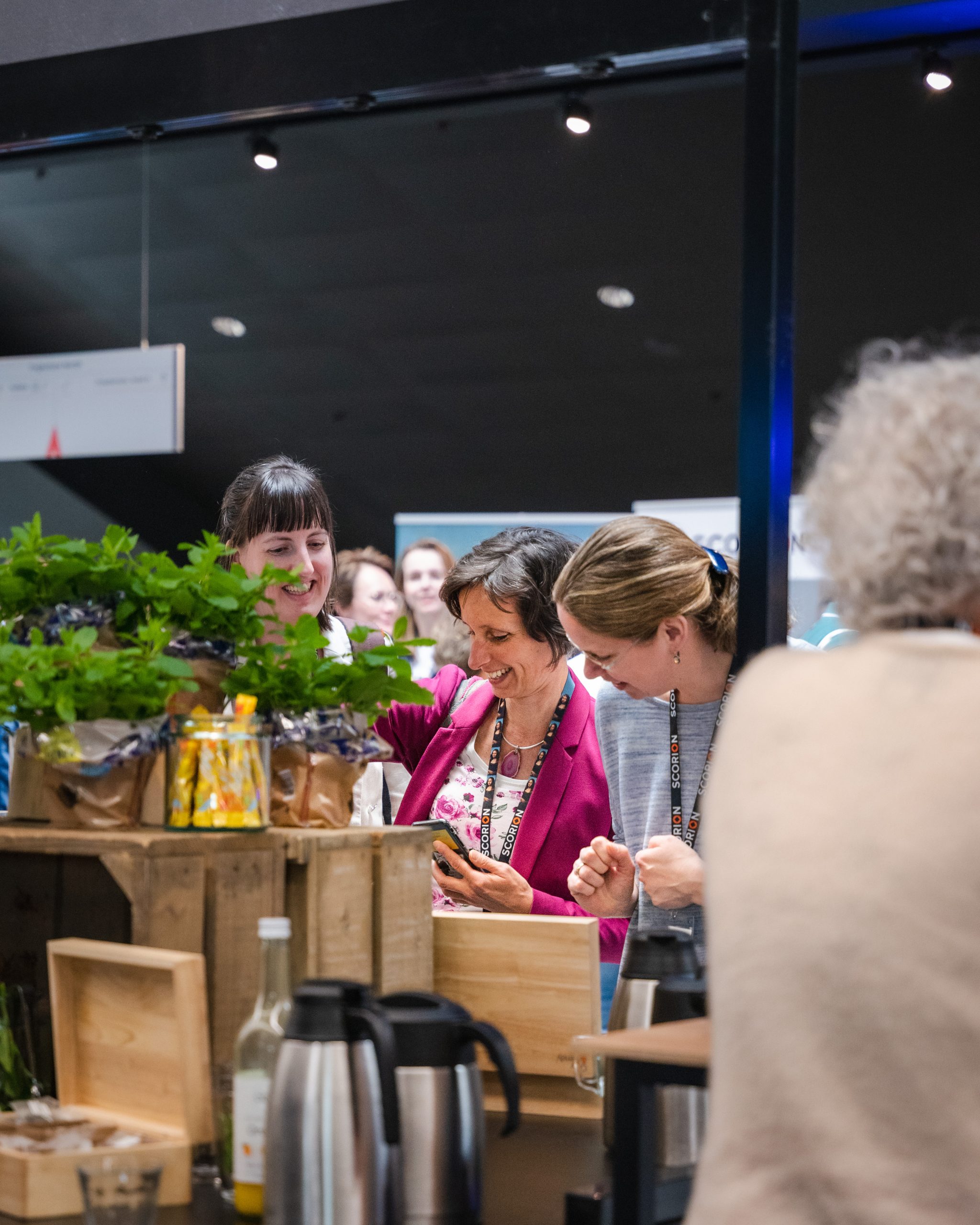Introduction Concerns exist about the negative impact of burnout on the professional and personal lives of residents. It is suggested that the origins of burnout among residents are rooted in the learning environment. We aimed to evaluate the association between the learning environment and burnout in a national sample of Dutch residents.
Methods We conducted a cross-sectional online survey among all Dutch residents in September 2015. We measured the learning environment using the three domain scores on content, organization, and atmosphere from the Scan of Postgraduate Educational Environment Domains (SPEED) and burnout using the Dutch version of the Maslach Burnout Inventory (UBOS-C).
Results Of 1,231 responding residents (33 specialties), 185 (15.0%) met criteria for burnout. After adjusting for demographic (age, gender and marital status) and work-related factors (year of training, type of teaching hospital and type of specialty), we found a consistent inverse association between SPEED scores and the risk of burnout (aOR 0.54, 95% CI 0.46 to 0.62, p < 0.001).
Discussion We found a strong and consistent inverse association between the perceived quality of the learning environment and burnout among residents. This suggests that the learning environment is of key importance in preventing resident burnout.



